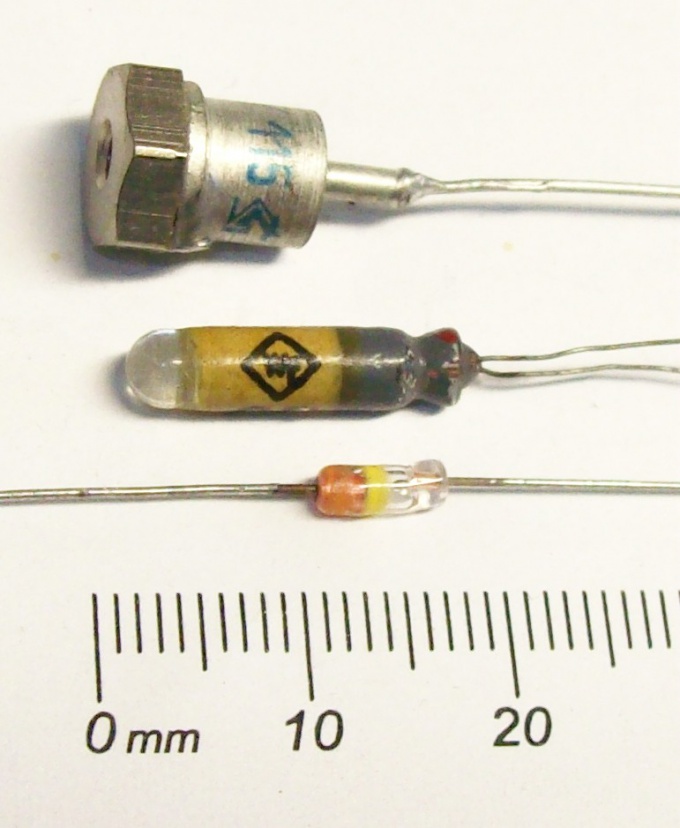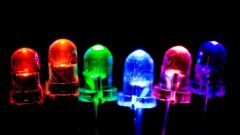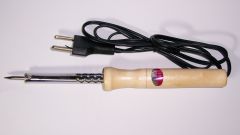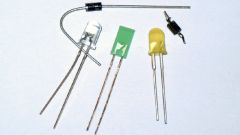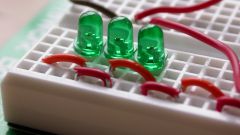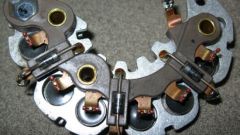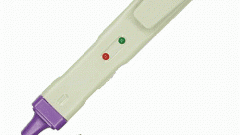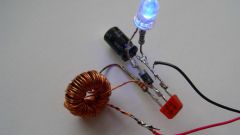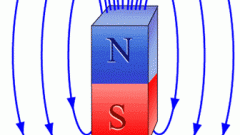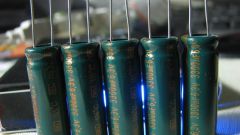Instruction
1
First, determine the polarity of the voltage on the probes that the measuring device you use. If he is rich, put it in the mode of the ohmmeter. Take any diode on the body which indicated the location of the electrodes. This designation of "triangle" corresponds to the anode, and "strip" the cathode. Try to connect the probes to the diode in different polarities. If it conducts current, then the probe to the positive potential connected to the anode and negative to cathode. Remember that the polarity in the mode of measurement of resistance to pointer instruments may differ from that which is provided for measuring voltage and current. But on the digital devices it is usually the same in all modes, but to check still won't hurt.
2
If checked the vacuum diode with direct heat, first locate it a combination of pins, between which the current flows regardless of the polarity of connection of the measuring device. This - the filament is the cathode. Through the directory, find the rated filament voltage of the diode. Served on the filament DC voltage corresponding value. The probe of the device, which is a negative potential, connect to one of the pins of the filament, and the positive probe touching turns to the rest of the insights of the lamp. Upon discovering the pin, when you touch the probe to which displayed resistance, lesser infinity, conclude that it is the anode. Powerful vacuum diodes with direct heat (rectifier tubes) can have two anode.
3
Vacuum diode with indirect heat heater insulated from the cathode. Finding him, sue him alternating voltage, the effective value of which is equal to the specified reference. Then among the other insights find the two between which at a certain polarity passes current. The one that is connected to the test lead with the positive potential, the anode is opposite the cathode. Remember that a vacuum diode with indirect heat have two of the anode, and some two cathodes.
4
A semiconductor diode has only two pins. Accordingly, the device to be connected to only one of two ways. Find a element position at which the current is passed through it. Test lead with the positive potential will be connected to the anode and negative to cathode.
